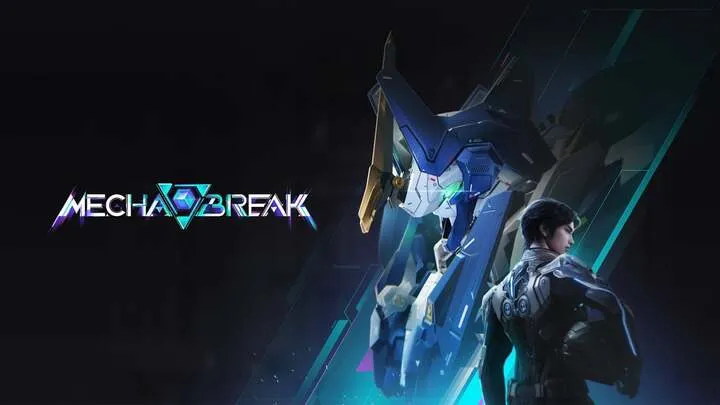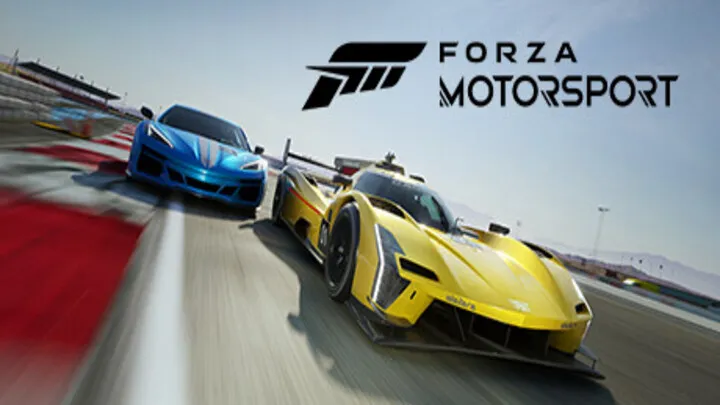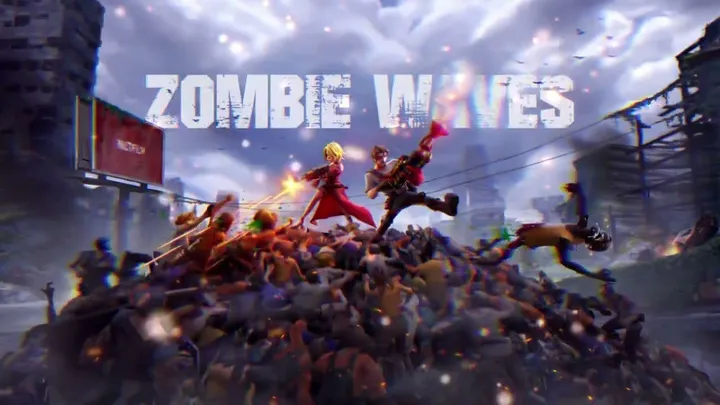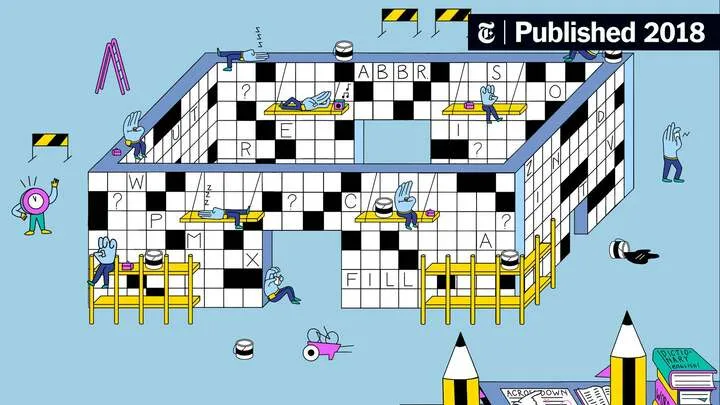Mecha Break stands apart from other mech-action titles not only because of its visual intensity or its mechanical variety, but because of a deep layer of combat behavior that emerges when multiple mechs interact within one coordinated sequence. Too many players see mechs as individual units with individual roles. But Mecha Break is secretly a game built around “combat flows”—the momentum of actions, transitions, staggers, recoveries, and energy paths that connect one mech’s move to another’s. When you understand this deeper rhythm, you stop piloting a machine and start orchestrating a team-level combat sequence where every frame matters.
This article explores, in extreme depth, how to construct and control multi-frame combat flows—a topic rarely discussed but critically important for mastering high-tier play. You will learn how flow timing works, how to structure action chains between mechs, how to read breaking points in enemy formations, and how to deliberately bend the pace of a battle to your advantage. This is not a guide about loadouts or weapons; it is a full conceptual map of combat movement itself.
THE FOUNDATIONS OF MECH COMBAT FLOW
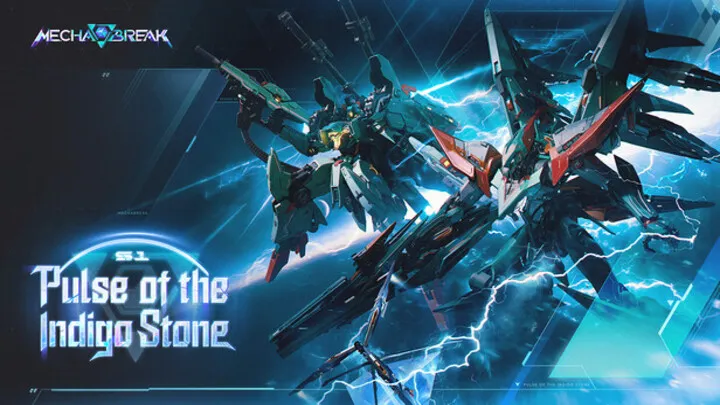
Combat flow in Mecha Break isn’t a metaphor. It is a measurable pacing structure that governs how animations, cooldowns, mobility frames, stagger windows, and energy patterns interact. To build effective multi-mech sequences, you must first understand that every action has a downstream effect on timing. A dash is not simply a relocation tool; it is an anchor point in timing that influences when a follow-up mech can engage. A weapon discharge is not simply damage output; it is a pacing rupture that defines when energy resets can occur.
Every mech contains a rhythm, a subtle cadence hidden behind the loud explosions. Heavy units move in large, slow pulses; agile mechs behave almost like flowing electricity; support units function like timing stabilizers. When these rhythms are combined, the real heart of the game emerges: high-precision temporal synergy. Before even piloting your first coordinated squad, you must accept that Mecha Break rewards long-form timing more than moment-to-moment button presses.
Understanding Frame Weight
Every action in the game carries a “frame weight” that affects the speed of transitions before and after the action. Heavier actions slow the timeline; lighter actions accelerate it.
Flow Implication
A single poorly placed heavy action can collapse an entire team sequence. Likewise, a timely light action can rescue a collapsing formation.
IDENTIFYING THE CORE ROLE OF EACH MECH IN FLOW STRUCTURE
Before designing any multi-frame combat sequence, you must assign each mech a flow role. This is not the same as traditional class roles. Flow roles measure how a mech influences tempo.
Generally, every mech in Mecha Break falls into one of three flow categories: Accelerator, Stabilizer, or Breaker. Accelerators increase tempo through rapid action chains. Stabilizers allow your formation to reset, pivot, or reorient without losing timing. Breakers disrupt the opponent’s rhythm, creating openings for structural collapse.
Understanding which mechs serve which flow-role helps determine the shape of your combat sequence. Two Accelerators moving together create momentum loops; a Stabilizer placed between two Breakers can help re-time disruption cycles.
Identifying Flow Characteristics
Look for traits such as dash chain length, cooldown cadence, weapon cycling frequency, and animation lock duration.
Flow Role Checklist
• Does this mech accelerate the timeline?
• Does it preserve stability during chaos?
• Does it disrupt enemy timing?
CREATING A COMBAT FLOW TIMELINE
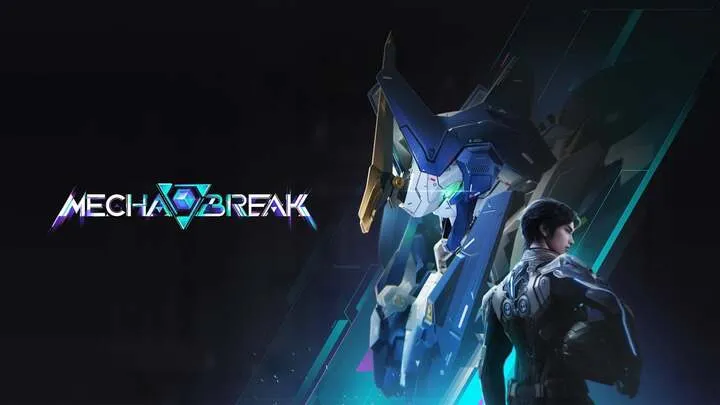
Once roles are set, your next step is building a timeline—a predictive sequence of when mechs act within a 12- to 18-second window. Think of this as writing sheet music for a mechanical orchestra.
The timeline begins with an initiator: a Breaker or Accelerator depending on the match conditions. From there, movement, energy cycles, and stagger timings cascade outward. Your job is to map these relations before entering battle. By creating a visual timeline, you can anticipate clashes, interruptions, and transitions long before they happen, allowing strategic improvisation during real fights.
Timeline Segments
A proper combat sequence includes:
• Opening engagement
• Expansion and pressure
• Mid-flow stabilization
• Collapse or re-engage phase
Timeline Consistency
Even when improvising, stick to your timeline’s rhythm to avoid total mechanical desynchronization.
HOW TO INTERPRET ENEMY FLOW BREAK POINTS
Battle flow in Mecha Break is not a one-sided phenomenon. Every enemy formation also follows its own timing, even if poorly coordinated. Carefully reading these opposing patterns helps you know when to collapse their structure.
Enemy break points reveal themselves through stagger repetition, repeated bursts of movement, or cooldown synchronization. If two enemy mechs consistently reload simultaneously, that is a break point. If their dash-chains always happen at the same interval, that is another. By isolating these patterns, you can carve cracks into their pacing and force disorder.
Break Point Indicators
• Identical retreat rhythms
• Simultaneous cooldown stalls
• Predictable burst phases
Exploiting Break Points
Strike between their animation loops, not during them.
BUILDING TRI-MECH COMBO FLOWS
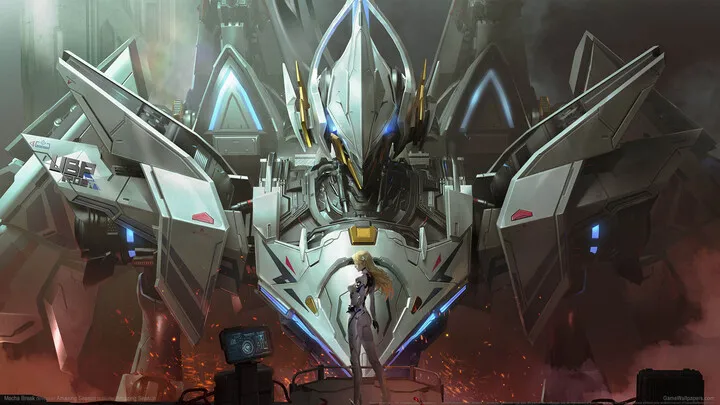
The most explosive and effective combat structures use three mechs acting in synergy. This “tri-flow” architecture is the backbone of advanced squad play and the closest you can get to feeling like you’re directing a real mechanized strike force.
Tri-flow systems require one Accelerator, one Breaker, and one Stabilizer acting in a looping formation. Each has specific responsibilities during each timing beat. When executed correctly, tri-mech flow feels like dancing—high-speed, synchronized, and constantly shifting shape.
Basic Tri-Flow Pattern
• Breaker disrupts enemy rhythm
• Accelerator enters the opening
• Stabilizer rebalances timing
Advanced Tri-Flow Variant
In high-level matches, Stabilizers may lead instead to manipulate enemy expectations.
ENERGY RHYTHM MANAGEMENT ACROSS MULTIPLE MECHS
Energy in Mecha Break is not merely a resource; it is the backbone of your entire combat flow. Energy cycles determine when mechs can accelerate, when they must pause, and how sequences collapse or expand. Managing energy rhythm across several mechs is essential for sustained multi-frame actions.
Each mech’s energy regeneration behaves differently, so timing synergy must rely on predicted refill moments. When mechs regenerate simultaneously, the squad risks entering a vulnerable plateau where no unit can aggressively push. This plateau must be avoided by intentionally staggering energy cycles.
Energy Staggering Technique
Purposely offset energy consumption so mechs never starve at the same moment.
Rhythmic Regeneration
Ensure your Stabilizer mech hits regeneration peaks during enemy pressure moments.
THE ART OF CONTROLLED COLLAPSE AND RE-ENGAGEMENT
Combat flow does not always move forward. Sometimes the timeline collapses—your sequence is broken, tempo interrupted, and rhythm lost. Most players panic when this happens, but collapse is not failure. It is a natural part of the cycle. The key is learning how to guide the collapse instead of letting it shatter your squad.
A controlled collapse means you guide your mechs into a temporary defensive rhythm, buying time for the timeline to re-form. This requires careful positioning, deliberate slowing of tempo, and allowing your Stabilizer to anchor the timeline.
Collapse Signals
• Interrupted initiation
• Stagger misalignment
• Energy plateau events
Re-Engagement Slice
After collapse, re-enter the timeline through a narrow window—never force it early.
THE IMPACT OF WEAPON ANIMATION LOCK ON FLOW

Weapon animation lock is the silent killer of poorly built sequences. Many players underestimate how long their mech is frozen after certain heavy attacks. In multi-mech flow, this lock is amplified because it desynchronizes all surrounding units.
To manage this, you must measure each weapon's lock duration and position it strategically within your timeline. A long animation lock may serve as an intentional flow anchor if placed at the correct beat, but becomes catastrophic if placed early or unpredictably.
Using Lock as a Tactical Anchor
Heavy attacks can stall the timeline to regain structure.
Avoiding Lock Collapse
Never chain two heavy-lock weapons between mechs.
ADVANCED FLOW MANIPULATION WITH MOBILITY FRAMES
Mobility is not freedom; it is part of the rhythm. Dash frames, boost hops, wall-runs, and mid-air pivots all contribute to the overall timing of your combat flow. Mecha Break ties mobility closely to animation states, meaning each movement not only repositions you but shifts the pacing.
To use mobility effectively, do not simply evade—time your mobility movements to create stagger windows, break enemy flow, or accelerate your squad’s timeline. When coordinated across multiple mechs, mobility becomes a performance, not a reaction.
Mobility Timing Layers
• Pre-contact frames
• Contact-avoidance frames
• Re-entry frames
Multi-Mech Movement Sync
Practice synchronized dash sequences in friendly matches.
FULL MULTI-FRAME FLOW EXECUTION
All previous sections lead to the final stage: executing a full multi-frame combat sequence under fire. In real combat, predictions break, enemies behave erratically, and timing windows shrink. Your ability to sense flow instinctively becomes your most important skill.
Execution begins with a clean initiation, transitions into a mid-flow expansion where your mechs attempt to maintain tempo dominance, and ends with a controlled collapse or a victorious breakdown of enemy formation. Perfect execution is rare, but even partial flow mastery dramatically increases your win rate.
Key Execution Traits
• Anticipation
• Adaptation
• Rhythmic discipline
Flow Integrity
Even under pressure, do not let panic shift your timing choices.
Conclusion
Mecha Break is far deeper than its surface suggests. Beyond the explosions, metal clashes, and rapid mobility lies an entire hidden language of timing, synergy, and rhythm. Understanding and mastering multi-frame combat flows is the true path to elite-level performance in this game. Once you begin treating each mech as part of a greater temporal structure, the battlefield transforms into a dynamic canvas. Fights become sequences, strategies become movements, and your squad becomes a single flowing organism.
Whether coordinating with teammates or orchestrating your own internal combat timeline, the mastery of combat flow will define your success. As you continue refining your tri-mech structures, adjusting energy rhythms, and learning to manipulate collapse and re-engagement, you will eventually reach the point where your mechs no longer feel like machines—you will feel them as living extensions of your intent.








